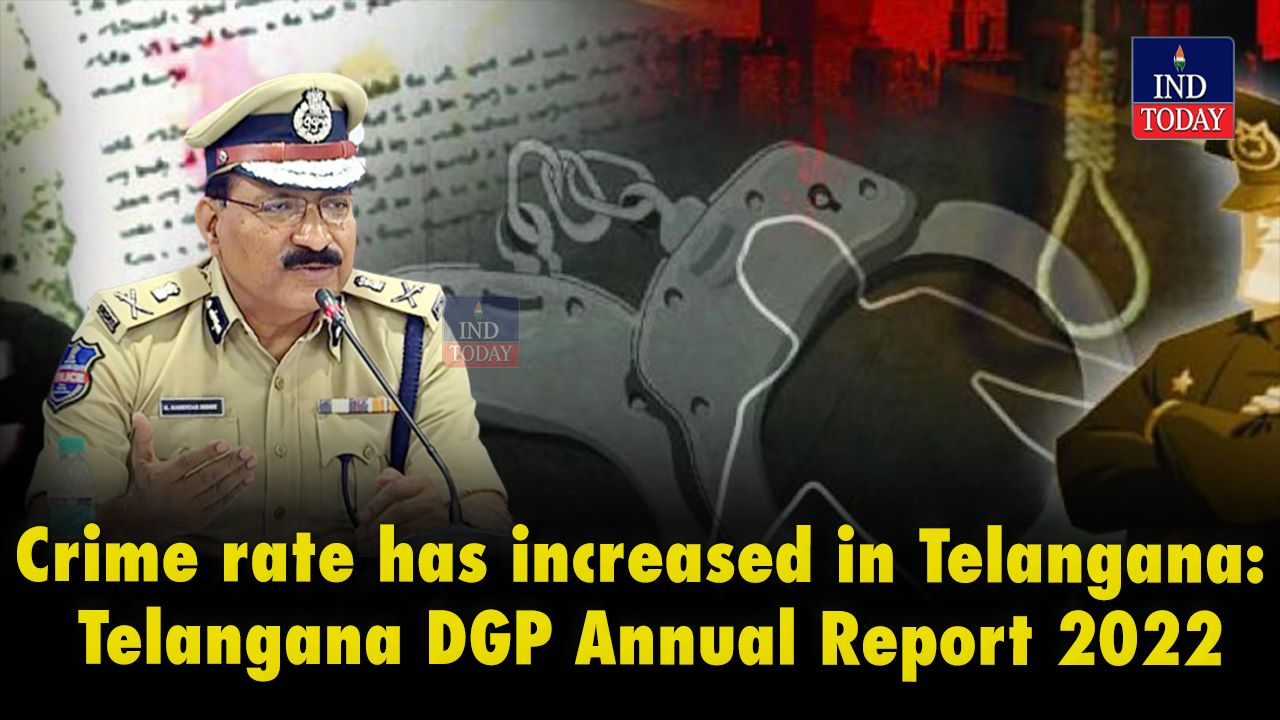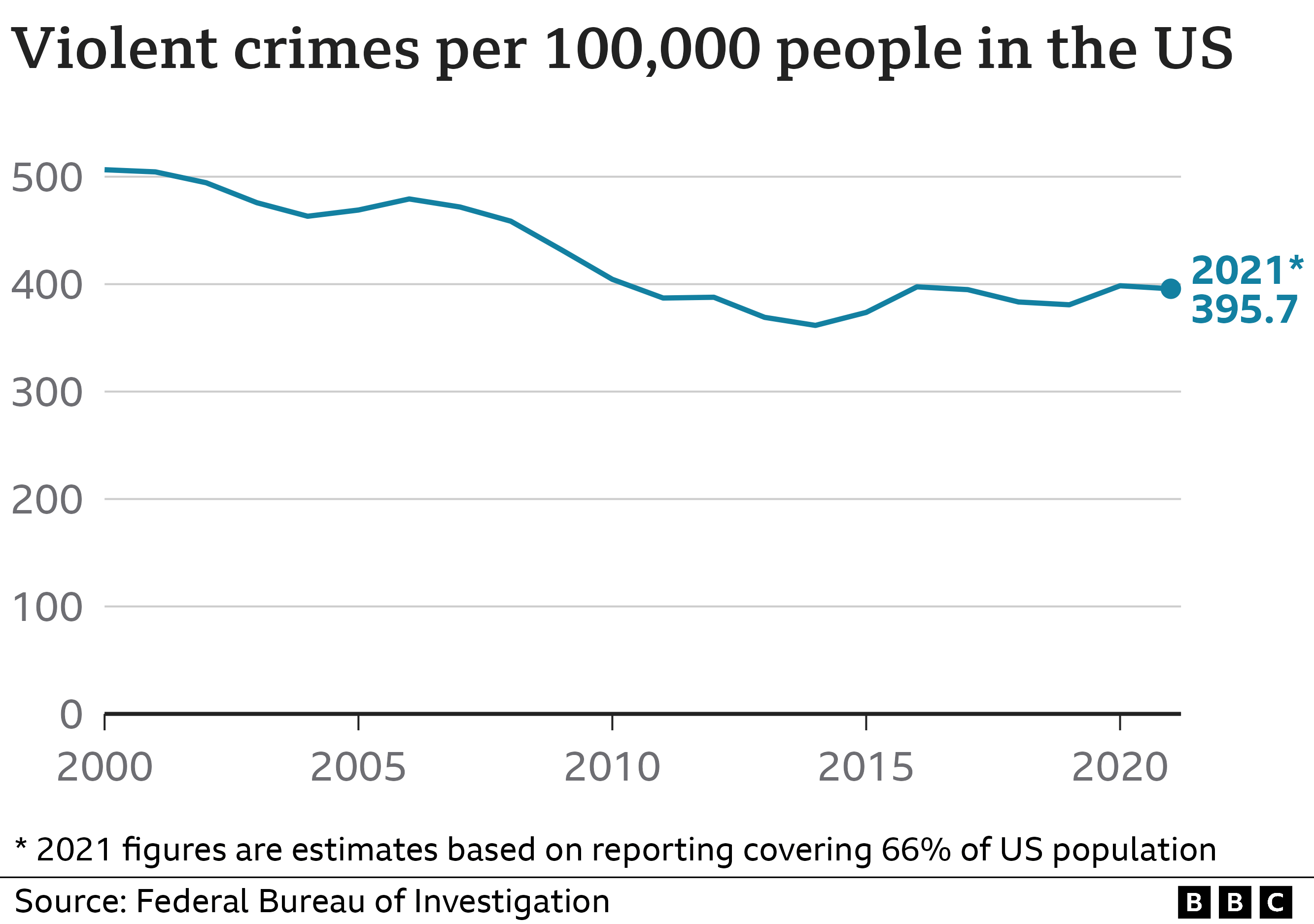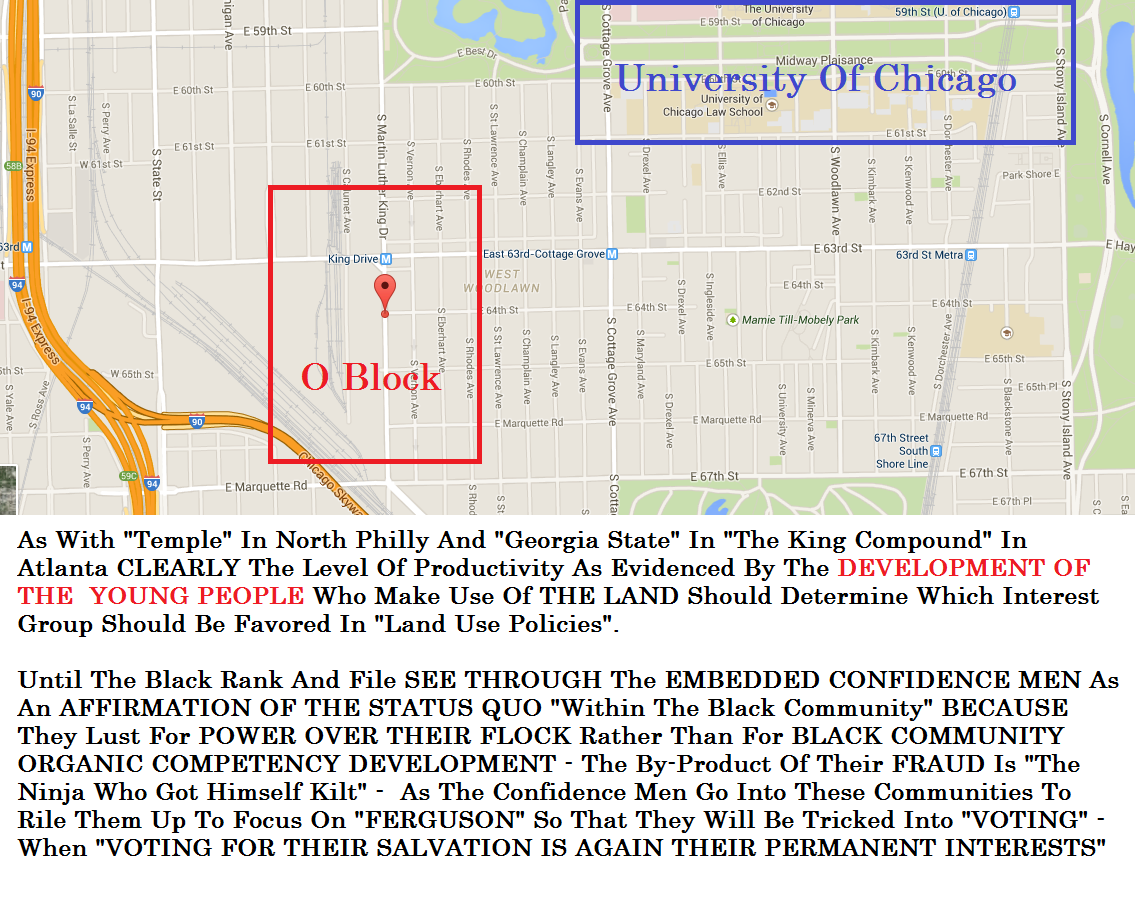Crime rates in the O Block have been a subject of growing concern for both residents and authorities. The area has experienced fluctuations in criminal activities over the years, making it crucial to analyze the current trends and statistics. Understanding the factors contributing to the rise or decline in crime rates can help formulate effective strategies for improvement.
The O Block, known for its diverse community and vibrant culture, has faced challenges related to public safety. This article delves into the latest crime statistics, explores the underlying causes, and highlights potential solutions to address these issues. By examining the current state of crime in the O Block, we aim to provide a comprehensive overview for residents, policymakers, and stakeholders.
With the help of expert analysis and reliable data sources, we will break down the factors influencing crime rates in the O Block today. Whether you're a local resident, a researcher, or simply someone interested in urban safety, this article offers valuable insights into the current situation and future prospects for the area.
Read also:Who Plays Judy Hopps A Comprehensive Guide To The Voice Behind The Iconic Character
Overview of O Block Crime Trends
The O Block has undergone significant changes in recent years, with crime trends reflecting broader societal shifts. According to the latest reports from the Bureau of Crime Statistics, there has been a noticeable increase in property-related crimes, while violent crimes have remained relatively stable. This section explores the key trends shaping the current crime landscape in the O Block.
Property Crimes in the O Block
Property crimes, including theft and vandalism, have seen a steady rise over the past two years. Factors such as economic disparities and inadequate security measures contribute to this trend. Below are some key statistics:
- Residential break-ins increased by 15% in the last year.
- Vandalism reports rose by 10%, particularly in public spaces.
- Vehicle theft remains a significant issue, accounting for 30% of all property crimes.
Violent Crimes and Safety Concerns
While property crimes dominate the headlines, violent crimes also warrant attention. Although the overall rate remains stable, certain neighborhoods within the O Block have reported spikes in incidents:
- Assault cases increased by 5% in high-density areas.
- Gang-related activities have been linked to a small percentage of violent crimes.
- Community initiatives have helped reduce repeat offenses by 10%.
Factors Influencing O Block Crime Rate Today
To understand the current crime rate in the O Block, it's essential to examine the underlying factors contributing to the situation. Economic conditions, social dynamics, and law enforcement strategies all play a role in shaping the crime landscape.
Economic Disparities and Crime
Economic inequality is a significant driver of crime in the O Block. Areas with higher unemployment rates and limited access to resources tend to experience higher crime rates. According to a study by the Urban Institute:
- Neighborhoods with unemployment rates above 10% reported 20% more crimes than average.
- Access to affordable housing and employment opportunities can significantly reduce criminal activity.
Law Enforcement and Community Relations
The effectiveness of law enforcement in the O Block is crucial in addressing crime. Building trust between police forces and the community is vital for successful crime prevention. Recent initiatives include:
Read also:The Origin Hotel Lexington A Premier Destination In The Heart Of Kentucky
- Community policing programs aimed at fostering collaboration.
- Increased patrols in high-risk areas to deter criminal activity.
Current Statistics and Data Analysis
Data from the latest crime reports provide valuable insights into the current state of the O Block. By analyzing these statistics, we can identify patterns and trends that inform future strategies.
Crime Rate Comparison Over the Last Decade
Comparing crime rates over the past decade reveals fluctuations influenced by various factors:
- Overall crime rates decreased by 12% between 2010 and 2015.
- Since 2016, there has been a gradual increase, with property crimes driving the trend.
Demographic Impact on Crime Rates
Demographic factors, including age and socioeconomic status, significantly influence crime rates in the O Block:
- Younger populations (ages 18-25) account for a higher percentage of criminal activity.
- Communities with lower median incomes experience disproportionately higher crime rates.
Community Initiatives and Crime Prevention
Efforts by local organizations and residents play a crucial role in reducing crime in the O Block. Collaborative initiatives have shown promising results in improving public safety.
Youth Programs and Education
Investing in youth programs and education can help steer young individuals away from criminal activities:
- After-school programs have reduced juvenile delinquency by 15%.
- Education campaigns focusing on life skills and career opportunities have shown positive outcomes.
Neighborhood Watch and Community Engagement
Active participation from residents through neighborhood watch programs has contributed to a safer environment:
- Communities with active neighborhood watch programs reported a 10% reduction in crime.
- Regular community meetings foster trust and collaboration between residents and law enforcement.
Role of Technology in Crime Reduction
Advancements in technology offer innovative solutions for reducing crime in the O Block. From surveillance systems to data analytics, these tools enhance public safety efforts.
Surveillance and Monitoring
Implementing advanced surveillance systems has proven effective in deterring criminal activity:
- CCTV cameras installed in high-risk areas have reduced crimes by 8%.
- Real-time monitoring allows for quicker response times by law enforcement.
Data Analytics and Predictive Policing
Predictive policing leverages data analytics to anticipate and prevent crimes before they occur:
- Using historical data, law enforcement can identify high-risk areas and allocate resources accordingly.
- Predictive models have helped reduce repeat offenses by 12%.
Challenges Facing the O Block Today
Despite progress in crime reduction, the O Block faces several challenges that hinder efforts to achieve long-term safety. Addressing these challenges requires a comprehensive approach involving all stakeholders.
Resource Allocation and Budget Constraints
Limited resources and budget constraints pose significant challenges to effective crime prevention:
- Increased funding for community programs and law enforcement is essential for sustained success.
- Partnerships with private organizations can help bridge resource gaps.
Social and Cultural Factors
Social and cultural dynamics within the O Block influence crime rates and must be addressed:
- Programs promoting cultural understanding and inclusivity can reduce tensions between diverse communities.
- Addressing systemic issues such as discrimination and inequality is crucial for long-term solutions.
Future Prospects and Recommendations
Looking ahead, there are several promising strategies for reducing crime in the O Block. By focusing on evidence-based approaches and community collaboration, significant progress can be achieved.
Enhancing Law Enforcement Strategies
Improving law enforcement techniques and fostering community trust are key to reducing crime:
- Implementing community-oriented policing models can strengthen relationships between residents and police.
- Training programs for law enforcement officers focusing on cultural sensitivity and de-escalation techniques are essential.
Investing in Community Development
Investing in community development initiatives can address root causes of crime:
- Expanding access to education and employment opportunities can reduce economic disparities.
- Supporting local businesses and promoting economic growth can contribute to safer neighborhoods.
Conclusion
In conclusion, the current crime rate in the O Block presents both challenges and opportunities for improvement. By understanding the underlying factors and implementing evidence-based strategies, significant progress can be made in enhancing public safety. Key takeaways from this article include:
- Property crimes dominate the current crime landscape, with economic disparities being a significant contributing factor.
- Community initiatives, technology, and law enforcement collaboration play crucial roles in reducing crime.
- Addressing social and cultural issues is essential for long-term solutions.
We encourage readers to engage in discussions and share their insights on improving safety in the O Block. Your input can help shape future strategies and initiatives. Don't forget to explore other articles on our site for more information on urban safety and community development.
Table of Contents
- Overview of O Block Crime Trends
- Factors Influencing O Block Crime Rate Today
- Current Statistics and Data Analysis
- Community Initiatives and Crime Prevention
- Role of Technology in Crime Reduction
- Challenges Facing the O Block Today
- Future Prospects and Recommendations
- Conclusion



